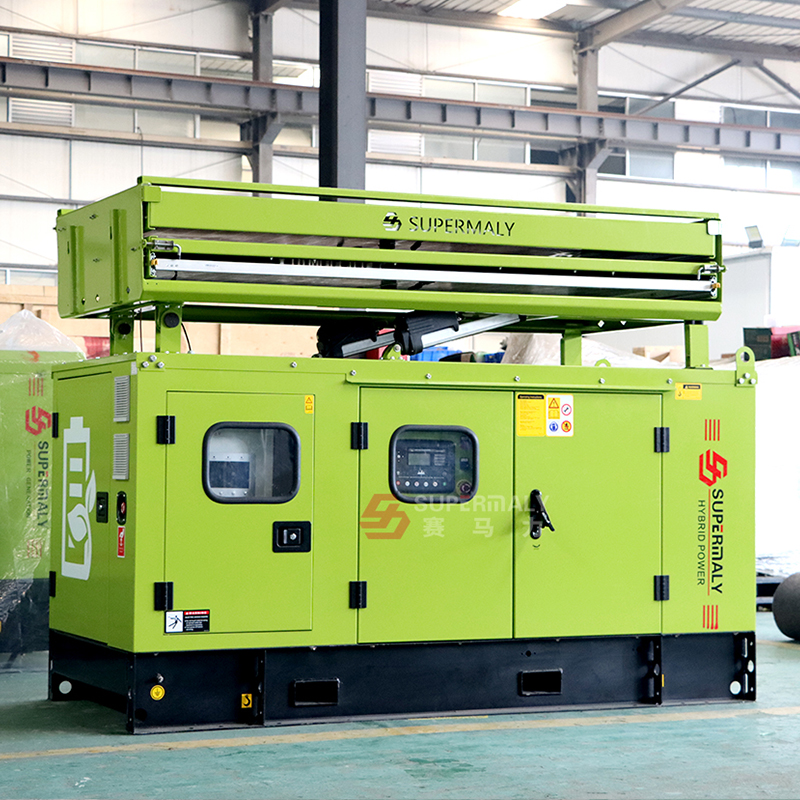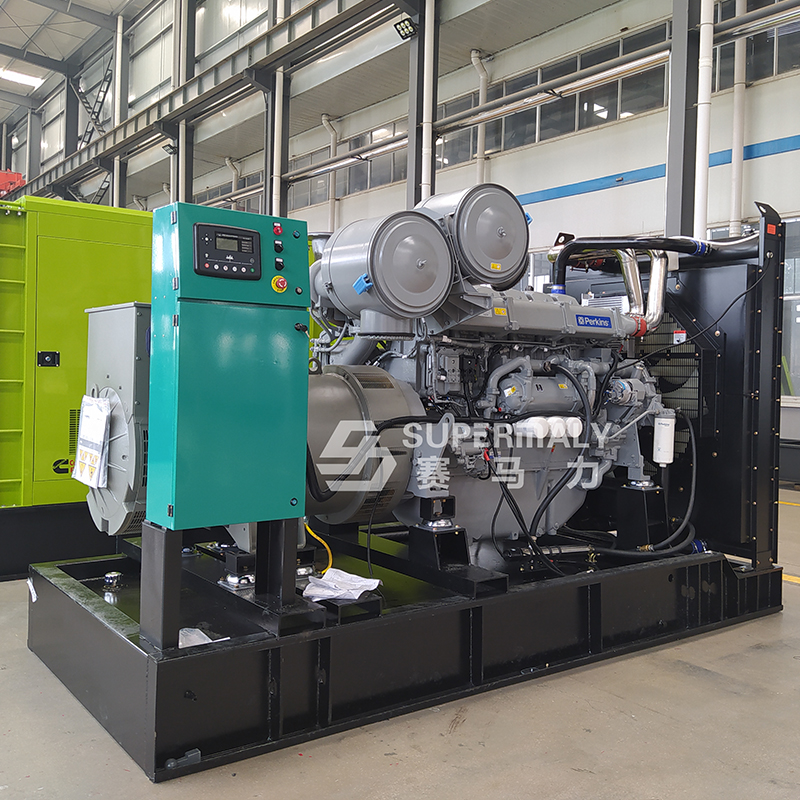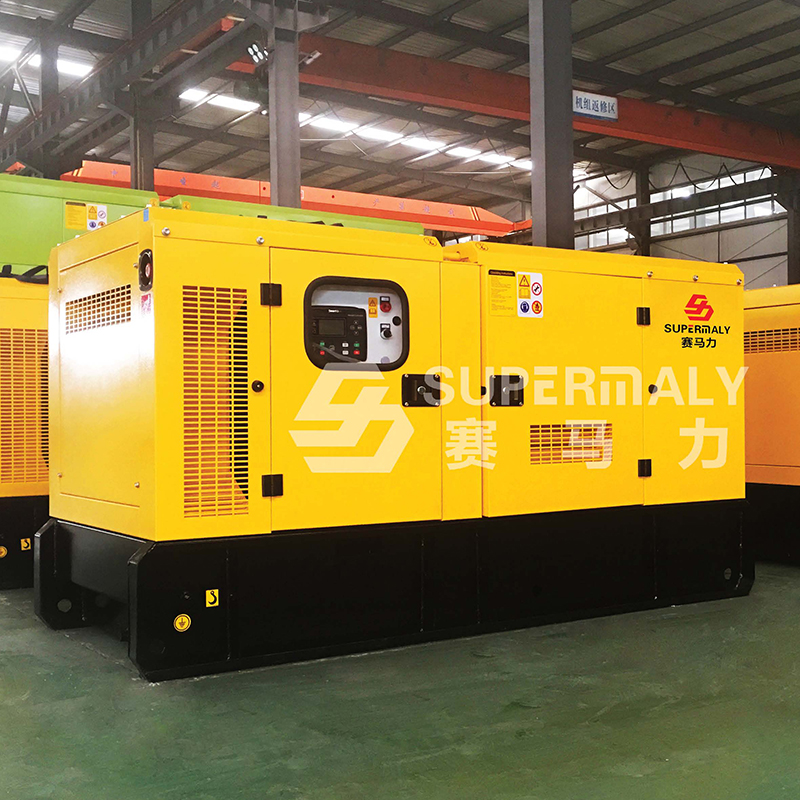Your Position:Home>News>Industry news>90% of unit failures are caused by heat dissipation? Understanding the core requirements of ventilation design for diesel generators in one article
90% of unit failures are caused by heat dissipation? Understanding the core requirements of ventilation design for diesel generators in one article
The stability and lifespan of diesel generator sets, as backup power sources or core equipment for off grid power supply, are closely related to the design of cooling and ventilation systems. If these two key requirements are ignored, it may lead to equipment overheating, power reduction, or even malfunction shutdown. Next, Supermaly will delve into the cooling and ventilation standards of diesel generator sets to help users optimize the operating environment of the equipment.

1、 The core function of the cooling system
During the operation of a diesel generator set, the combustion of fuel and mechanical friction generate a large amount of heat. If the heat cannot be dissipated in a timely manner, it will directly affect the efficiency of the unit and the lifespan of its components. Common cooling methods include:
Liquid cooling system: By circulating coolant (such as water or antifreeze) to remove heat, it is necessary to regularly check whether the radiator, water pump, and pipelines are blocked or leaking.
Air cooling system: relying on forced cooling by fans, suitable for small units, but it is necessary to ensure that the air inlet is clean to avoid dust accumulation and affect the heat dissipation efficiency.
Regardless of the method used, the ambient temperature should be controlled below 40 ℃ and the coolant should be replaced or the heat sink cleaned regularly.

2、 Five key points of ventilation design
A good ventilation system can not only assist in cooling, but also prevent the accumulation of harmful gases in the computer room. Attention should be paid to the following during design:
Separation of intake and exhaust channels: The intake and exhaust ports should be separated on both sides of the computer room to form air convection and avoid hot air backflow.
Air volume matching power: Calculate the ventilation volume based on the power of the unit, generally ensuring that the hourly air exchange rate is ≥ 20 times the volume of the machine room.
Dust and moisture prevention: Install air filters to block dust and keep the computer room dry to prevent moisture from corroding circuits.
Optimization of smoke exhaust duct: The smoke exhaust duct needs to be independently connected and insulated to reduce heat retention in the machine room.
Temperature monitoring: It is recommended to install temperature and humidity sensors to provide real-time alerts for abnormal situations.

3、 Operation and Maintenance Suggestions and Common Misconceptions
Regular maintenance: Clean the radiator and ventilation filter every 500 hours of operation, and check the tightness of the fan belt.
Avoid excessive sealing: Some users excessively seal the computer room to reduce noise, which may lead to poor heat dissipation. Suggest using soundproofing materials while reserving ventilation openings.
Computer room layout specification: At least 1 meter of space should be reserved around the unit to ensure unobstructed air circulation.
conclusion
The cooling and ventilation of diesel generator sets are the foundation for ensuring their reliable operation. Enterprises should develop a scientific heat dissipation plan based on the unit model, usage scenario, and environmental characteristics. If you need professional testing or customized ventilation design, please feel free to contact us online. Our technical team provides comprehensive protection for your equipment.

Shandong Supermaly Power Generation Equipment Co., Ltd. is an expert in providing comprehensive power solutions for 8-3000KW series and fields
- Strong | The 125th Canton Fair ended successfully, and high-end customers chose it here!
- New arrivals, full of rewards! Supermaly cippe2019 oil show ended successfully!
- Supermaly | Helping the construction of the “Belt and Road” and opening up a new pattern of “going out”
- The difference between gas generator sets and diesel generator sets
- Small class of knowledge | The greater the load on the diesel generator set, the higher the fuel consumption?
- Supermaly reminds you to pay attention to the following items when using diesel generator sets in summer
- Why the generator set pull the cylinder and the characteristics of the cylinder after the pull
- Reasons for Black Smoke in Diesel Generating Set
- How to avoid some of the risks during the installation of diesel generators
- Maintenance and service about diesel generators and gas generators
- The four roles of diesel generator sets
- Matters choose diesel generator sets to note
 Chinese
Chinese  English
English  Russian
Russian  Spain
Spain 

